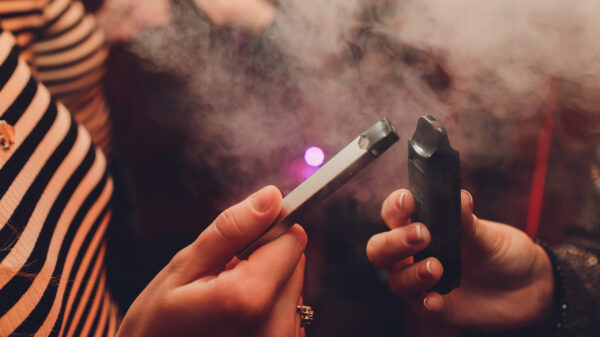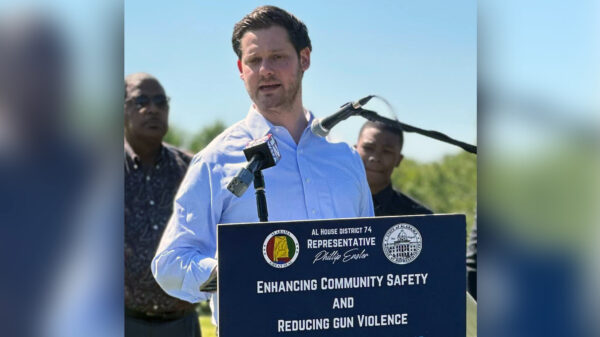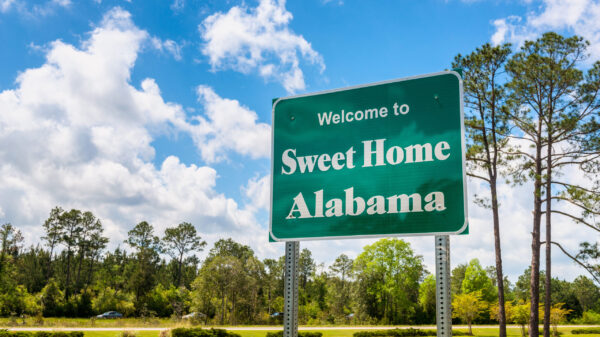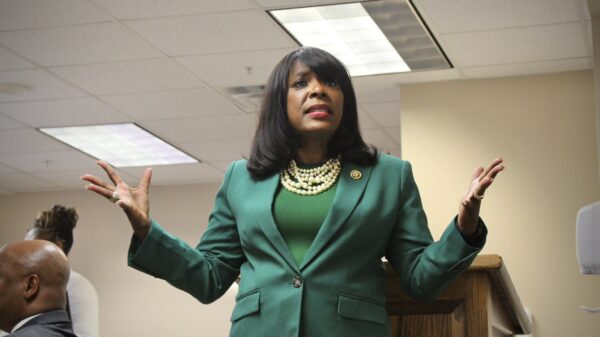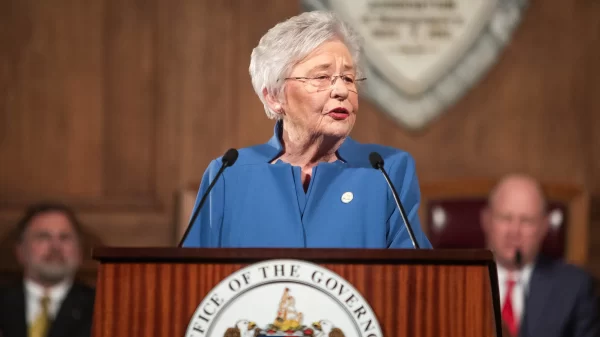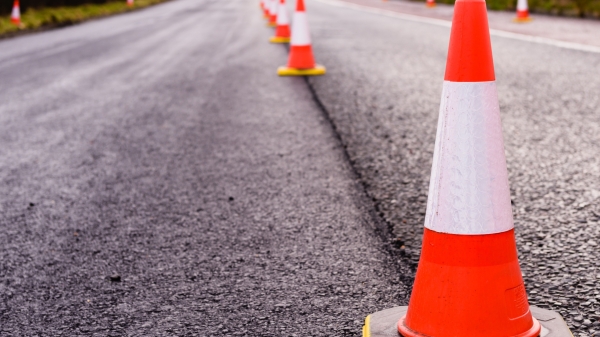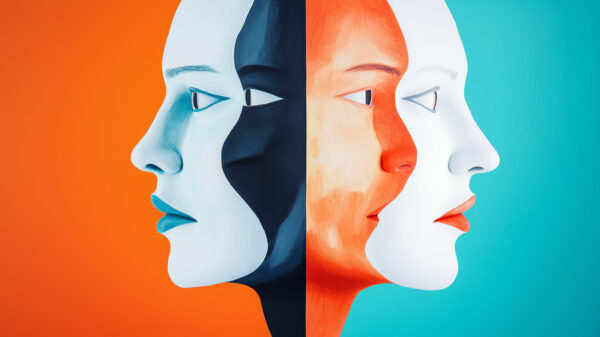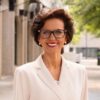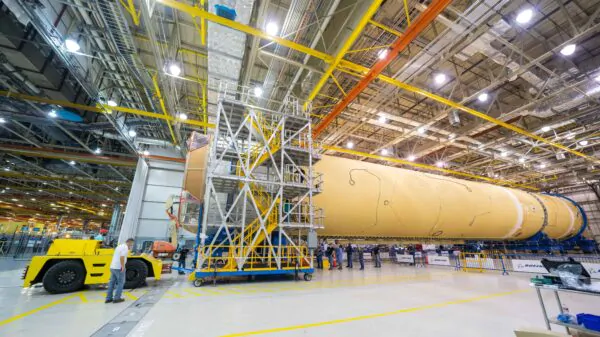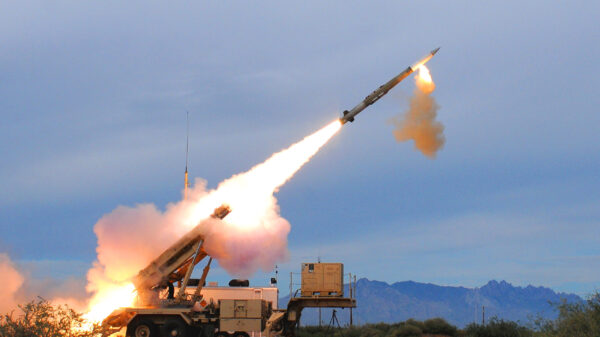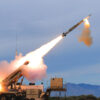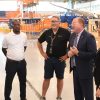NASA and Boeing are targeting August or September for the launch of Starliner’s uncrewed Orbital Flight Test-2 (OFT-2) mission to the International Space Station.
NASA and Boeing will evaluate options if an earlier launch opportunity becomes available. The current schedule is supported by a space station docking opportunity and the availability of the United Launch Alliance Atlas V rocket and Eastern Range.
Boeing predicted that they will be mission-ready in May if another launch opportunity arises.
The Starliner team has completed all work on the OFT-2 vehicle except for activity to be conducted closer to launch, such as loading cargo and fueling the spacecraft. The team also has submitted all verification and validation paperwork to NASA and is completing all Independent Review Team recommended actions including those that were not mandatory ahead of OFT-2.
Boeing did much of the work on the Starliner at the United Launch Alliance factory in Decatur.
Economic developer Nicole Jones said:
“Impressive developments in the current space race with ties to Alabama are constantly underway. Currently NASA and Boeing have the August-September timeframe targeted for the launch of Starliner’s uncrewed Orbital Flight Test-2 (OFT-2) mission to the International Space Station (ISS), with Boeing being mission-ready in May if an opportunity arises.”
“The program’s development phase is near completion, and Boeing stated they are optimistic of the Starliner vehicle itself, the team, as well as upcoming missions,” Jones said. “For decades, Alabamians have contributed to R&D efforts that have changed the world. This latest announcement translates into local jobs and highlights our state’s important role in the aerospace industry as well as national security.”
Boeing’s Crew Space Transportation (CST)-100 Starliner spacecraft is being developed in collaboration with NASA’s Commercial Crew Program. The Starliner was designed to accommodate seven passengers, or a mix of crew and cargo, for missions to low-Earth orbit.
For NASA service missions to the International Space Station, it will carry up to four NASA-sponsored crew members and time-critical scientific research. The Starliner was designed with an innovative, weldless structure so that it is reusable up to 10 times with a six-month turnaround time. It also features wireless internet and tablet technology for crew interfaces.
Starliner has already had one test flight. If Starliner passes testing with NASA, it could then be used to actually transport astronauts.











